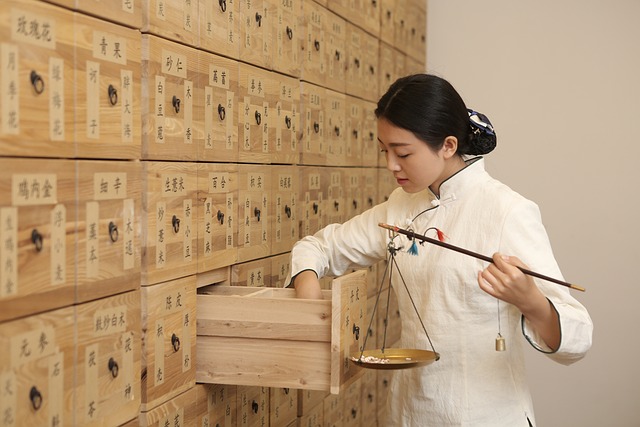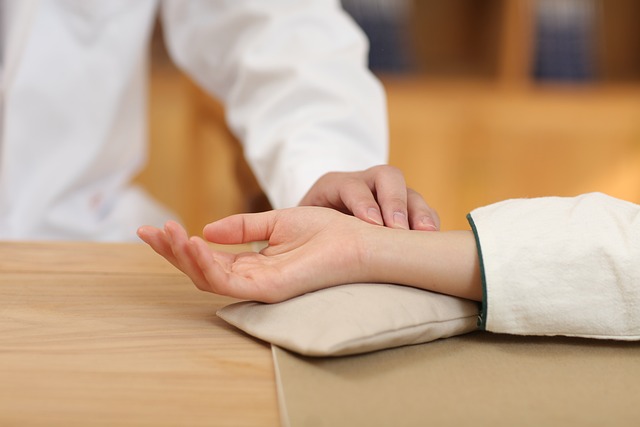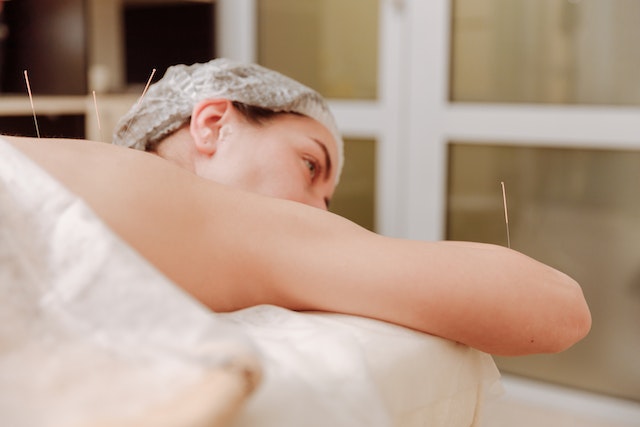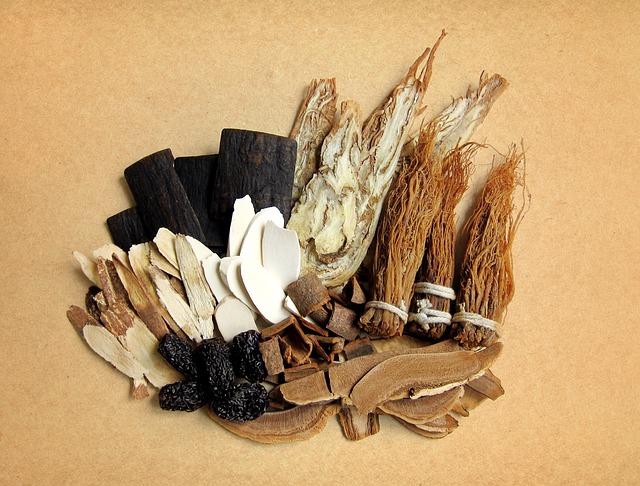
The ancient wisdom of Traditional Chinese Medicine (TCM) has been practiced for thousands of years, and it continues to be a popular form of healthcare today. TCM is based on the idea that the body’s energy, or Qi, flows through channels called meridians. Practitioners aim to balance the flow of Qi through various techniques, including acupuncture, herbal remedies, massage, and dietary changes.
Traditional Chinese Medicine (TCM) is guided by a set of fundamental principles that serve as the foundation for its holistic approach to health and well-being. These principles are based on the belief that the body, mind, and spirit are interconnected and that imbalances within these aspects can lead to illness. By understanding and addressing these imbalances, TCM aims to restore harmony and promote optimal health.
Yin and Yang: Balancing Opposing Forces
Yin and Yang are two opposing but complementary forces that exist in all aspects of life, including the human body. Yin represents qualities such as cold, darkness, and rest, while Yang represents warmth, light, and activity. According to TCM, health is maintained when these forces are in balance. Traditional Chinese medicine seeks to identify and correct imbalances between Yin and Yang to restore equilibrium within the body.
Qi: The Vital Energy
Central to TCM is the concept of Qi, often described as vital energy or life force. Qi flows through the body along a network of channels called meridians, nourishing and supporting the organs and tissues. It is believed that an uninterrupted and balanced flow of Qi is essential for good health, while blockages or imbalances can lead to disharmony and disease. Acupuncture, herbal medicine, and other TCM techniques aim to balance the flow of Qi and restore its optimal circulation.
The Five Elements: Understanding Interactions
The Five Elements, or Wu Xing, are symbolic representations of the various aspects of nature and their relationships with one another. These elements – Wood, Fire, Earth, Metal, and Water – are believed to correspond to different organs, emotions, seasons, and tastes. TCM utilizes the understanding of these relationships to diagnose and treat imbalances in the body. For example, if an individual is experiencing digestive issues, a TCM practitioner may focus on rebalancing the Earth element, which includes the stomach and spleen.
Traditional Chinese medicine recognizes that each person is unique and that health issues arise from various patterns of disharmony. These patterns, or imbalances, can manifest in different ways, such as excess or deficiency and heat or cold. By identifying and understanding the specific pattern of disharmony in an individual, TCM practitioners tailor their treatment approaches to address the root cause and restore balance. This individualized approach allows for a holistic understanding of health that considers the interconnectedness of the body and mind.
TCM Diagnosis and Assessment
In traditional Chinese medicine, the process of diagnosis and assessment is a crucial step in understanding the nature of an individual’s health concerns and determining the most effective treatment plan. TCM practitioners employ a holistic approach, considering both physical symptoms and the underlying imbalances within the body.

Pulse Diagnosis: One of the primary methods utilized in TCM diagnosis is pulse diagnosis. By carefully listening to the subtle qualities of the pulse at different positions on the wrist, practitioners can gather valuable information about the condition of the internal organs, the flow of Qi, and any imbalances present. Each position on the wrist corresponds to a specific organ or meridian, allowing for a detailed assessment of the body’s overall state.
- Tongue Examination: Another essential diagnostic tool in TCM is tongue examination. The tongue is viewed as a reflection of the internal organs and their functioning. By observing the color, coating, shape, and moisture of the tongue, practitioners can gain insights into potential imbalances. For example, a pale tongue may indicate a deficiency, while a red tongue might signify excess heat in the body.
- Interview and Observation: During the initial consultation, a TCM practitioner will ask detailed questions about an individual’s medical history, lifestyle, diet, sleep patterns, emotions, and any specific symptoms or concerns. This comprehensive interview allows the practitioner to understand the patient’s unique constitution, identify patterns of disharmony, and make connections between seemingly unrelated symptoms.In addition to the interview, observation plays a vital role in TCM diagnosis. Practitioners may observe the patient’s posture, complexion, vitality, and any physical manifestations, such as skin conditions or body odor. These external signs provide valuable clues about an individual’s internal imbalances.
- Pattern Identification: Based on the information gathered through pulse diagnosis, tongue examination, interview, and observation, a TCM practitioner will identify specific patterns of disharmony unique to each individual. These patterns, such as excessive heat or Qi deficiency, help guide the choice of treatment modalities and herbal formulas. By addressing the underlying imbalances rather than just the symptoms, TCM aims to restore equilibrium and support the body’s ability to heal itself.
Acupuncture: Restoring Balance Through Needle Therapy
Acupuncture is one of the most distinctive and well-known practices in traditional Chinese medicine (TCM). With a history spanning thousands of years, it has gained recognition and popularity in Western cultures as an effective treatment for a wide range of conditions.

Acupuncture is rooted in the principles of traditional Chinese medicine, focusing on the balance of Qi, the body’s essential life force, and the flow of energy along the meridians. According to TCM theory, the human body has over 2,000 acupuncture points, each lying along specific meridians. These meridians correspond to different organs and functions within the body.
Inserting Fine Needles to Restore Harmony
During an acupuncture session, a trained TCM practitioner will carefully insert thin, sterile needles into specific points on the body. The choice of acupuncture points depends on the individual’s unique pattern of disharmony and their specific symptoms.
The insertion of these needles is virtually painless and aims to stimulate the flow of Qi, removing any blockages or imbalances along the meridians. This restoration of harmony encourages the body’s natural healing response, promoting overall well-being.
Treating a Variety of Conditions
Acupuncture has been widely used to address a range of conditions both physical and emotional. Its effectiveness in relieving pain has made it particularly popular for treating chronic pain conditions, such as arthritis, migraines, and back pain. Traditional Chinese medicine views physical pain as a sign of Qi blockage or imbalance, and acupuncture aims to restore the smooth flow of energy, providing relief and promoting healing.
Beyond pain management, acupuncture has also shown promising results in the treatment of mental health issues. It has been used to alleviate symptoms of anxiety, depression, and stress. By targeting specific acupuncture points associated with emotional well-being, it helps rebalance the energy flow, providing a sense of calm and restoring mental equilibrium.
A Complementary Approach
In Western medicine, acupuncture is often used as a complementary therapy alongside conventional treatments. Its ability to enhance the body’s response to pharmaceuticals and surgeries has led many healthcare professionals to incorporate it into comprehensive treatment plans.
Many individuals find acupuncture sessions to be deeply relaxing and rejuvenating. Some even describe experiencing a sense of heightened awareness or enhanced energy flow during and after a session. While the underlying mechanisms of acupuncture have not been fully understood by Western science, its effectiveness and the numerous positive testimonials speak to its value as a therapeutic approach.
Herbal Medicine in Traditional Chinese Medicine
Herbal medicine is a fundamental component of traditional Chinese medicine (TCM) and has been used for centuries to promote health and treat a wide range of ailments. In TCM, herbal remedies are carefully formulated using a combination of plant materials, such as roots, leaves, flowers, and bark. These ingredients are believed to possess specific properties that can restore balance and support the body’s natural healing abilities.
Herbal medicine in TCM is based on the same fundamental principles that guide the overall practice of traditional Chinese medicine. The goal is to address the underlying imbalances within the body that give rise to illness and restore harmony. In this approach, herbs are selected based on their specific therapeutic properties and their ability to bring the body back into balance.
Formulating Herbal Remedies
TCM practitioners carefully select and combine herbs to create personalized herbal remedies tailored to an individual’s specific pattern of disharmony. The combination of herbs is crucial, as certain herbs work synergistically, enhancing each other’s effects and targeting multiple aspects of the imbalance.
Herbs are traditionally classified according to their tastes, temperatures, and actions. Each herb possesses unique qualities that can affect different organs, meridians, and symptoms. For example, warming herbs may be used to address conditions of coldness, while cooling herbs may be used for conditions of heat.

Commonly Used Herbs in TCM
Traditional Chinese medicine employs a vast array of herbs, each with its own unique therapeutic properties. Here are a few commonly used herbs in TCM:
1. Ginseng (Ren Shen): Ginseng is a renowned herb that is believed to tonify Qi, the vital energy in the body. It is often used to enhance overall vitality, improve mental clarity, and boost the immune system.
2. Dang Gui (Angelica Sinensis): Dang Gui is commonly used to nourish blood and regulate menstrual cycles. It is especially favored for women’s health issues, such as menstrual irregularities and postpartum recovery.
3. Huang Qi (Astragalus): Huang Qi is known for its immune-strengthening properties. It is often used to support the body’s defenses, enhance energy levels, and promote overall vitality.
4. Bai Shao (White Peony Root): Bai Shao is commonly used to nourish the blood, calm the mind, and alleviate pain. It is often prescribed for conditions such as menstrual cramps, muscle tension, and anxiety.
5. Huo Xiang (Patchouli): Huo Xiang is valued for its ability to dispel dampness and alleviate digestive issues such as bloating and nausea.

Safety and Precautions
While herbal medicine in TCM can be highly effective, it is important to consult with a qualified TCM practitioner before using any herbs. They can assess an individual’s constitution, health condition, and potential interactions with other medications to create a personalized herbal treatment plan.
It’s worth noting that herbal medicine in TCM operates from a different framework than Western medicine. The diagnosis and choice of herbs are based on patterns of disharmony rather than specific diseases. This holistic approach seeks to address the root causes of imbalances rather than merely alleviating symptoms.
Herbal medicine is an integral part of traditional Chinese medicine. Its combination of carefully selected herbs can help restore balance, enhance vitality, and support overall well-being. When used under the guidance of a qualified TCM practitioner, herbal medicine offers a natural and holistic approach to health and healing.
